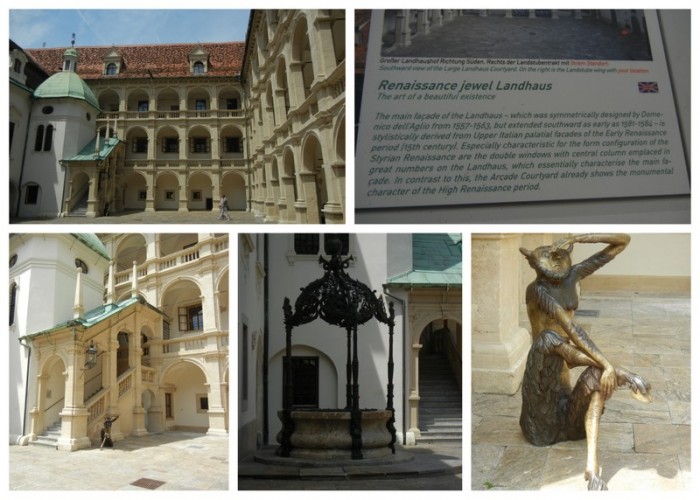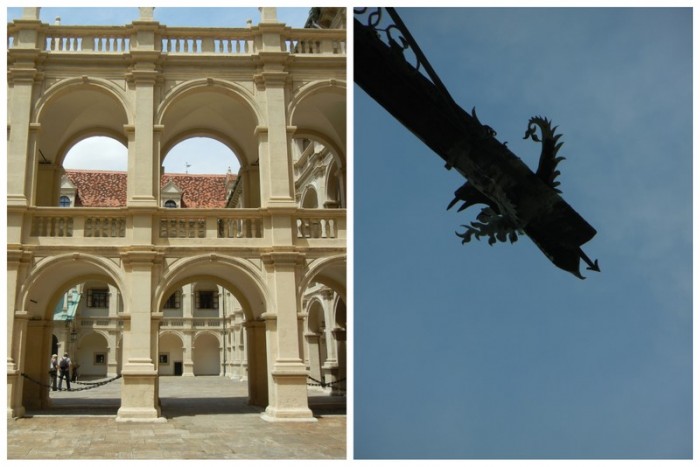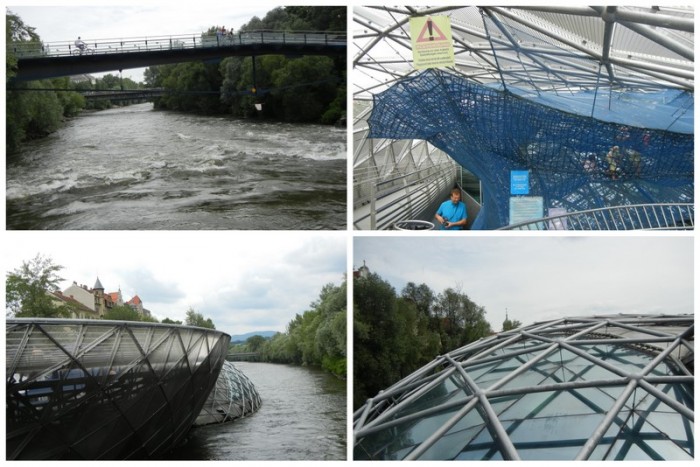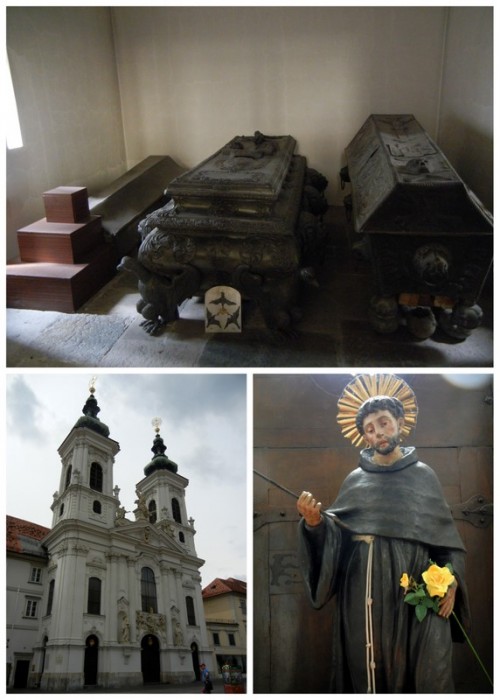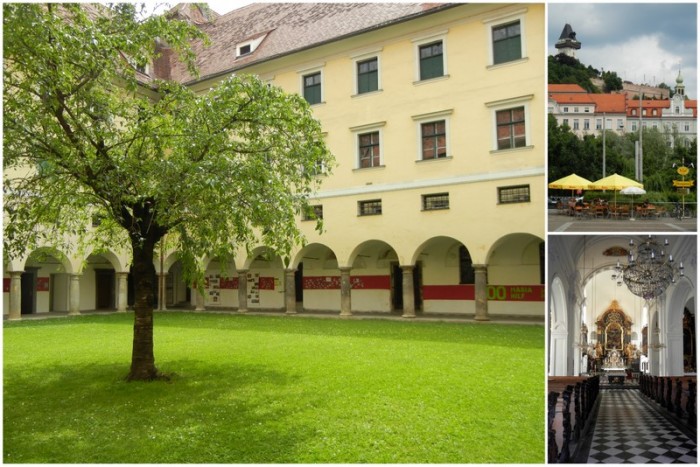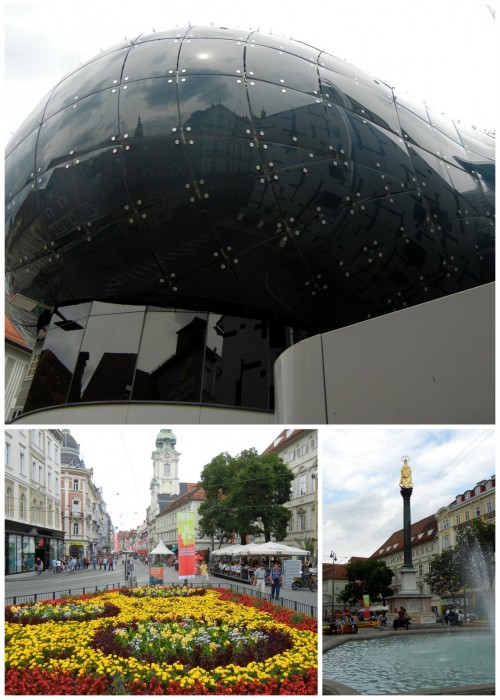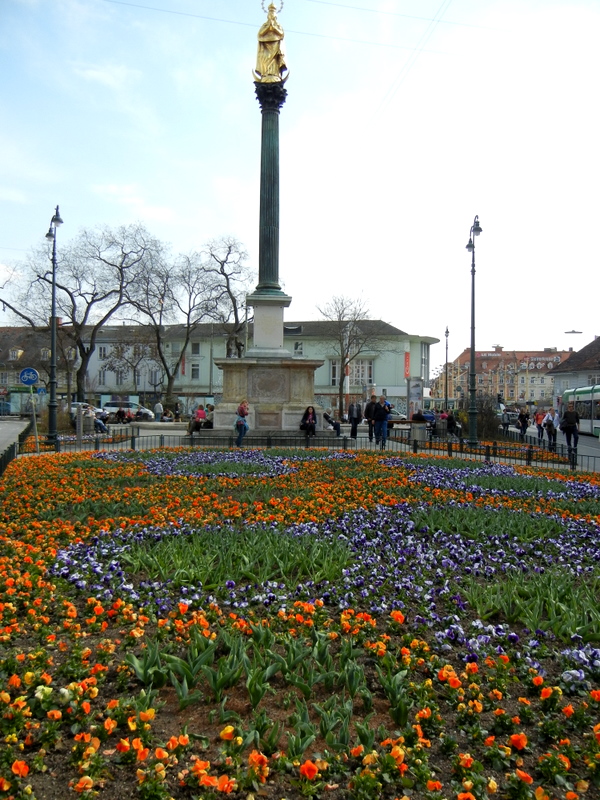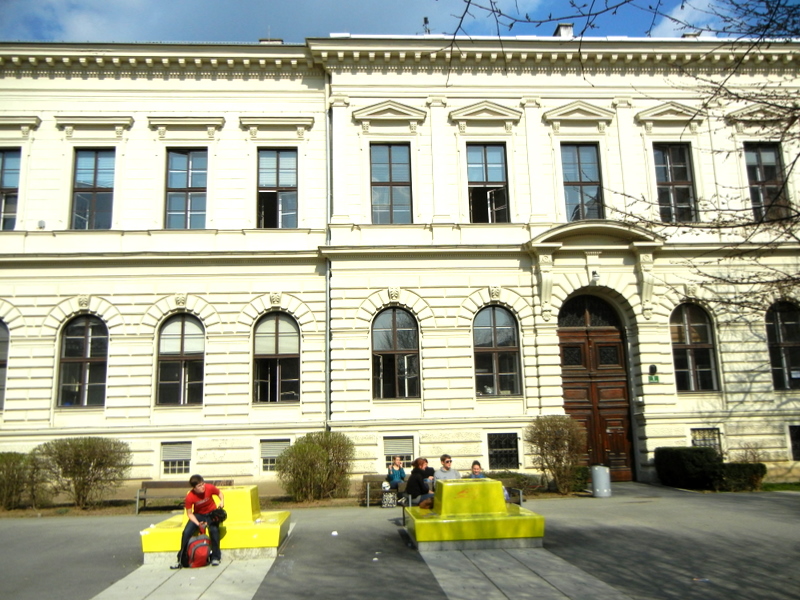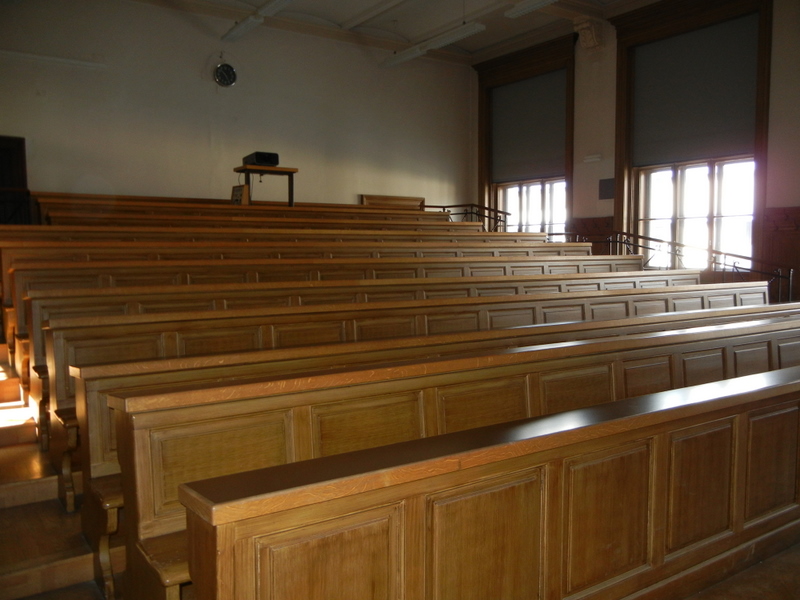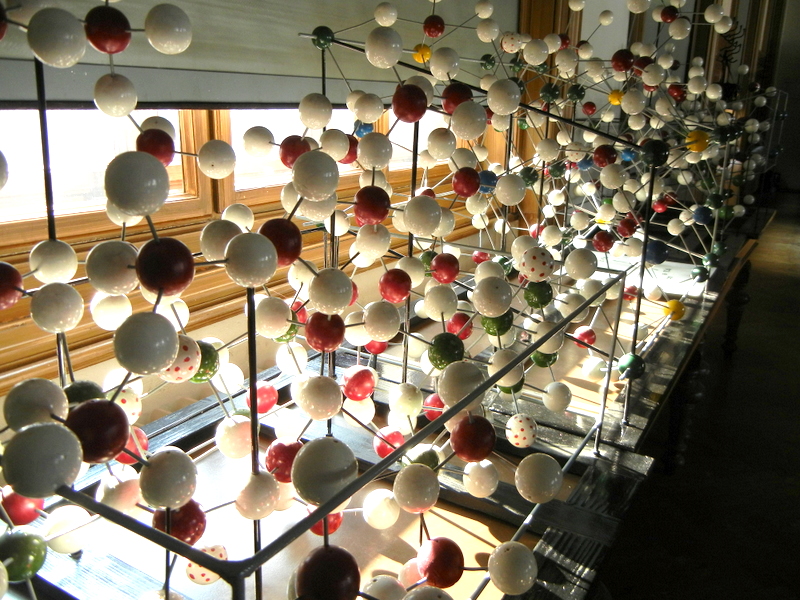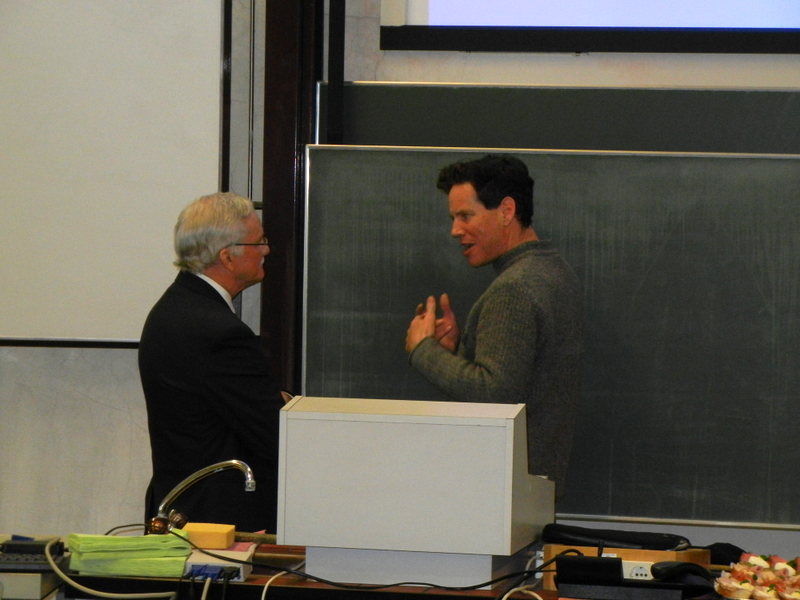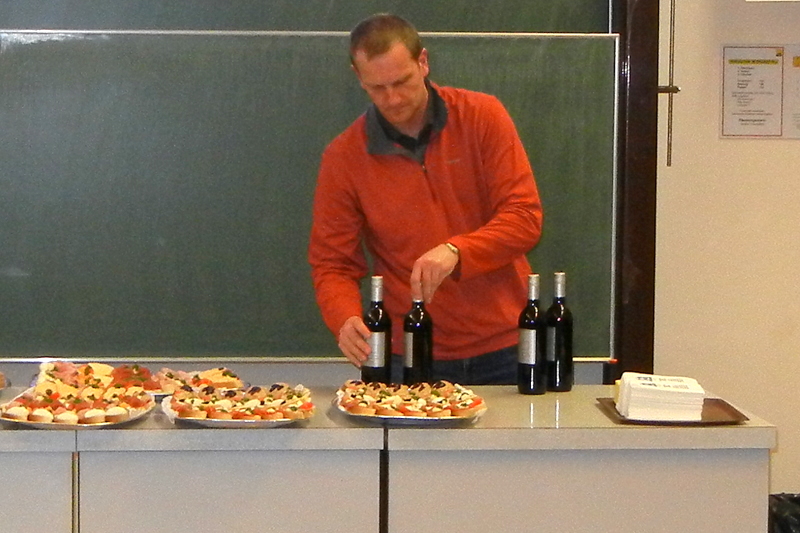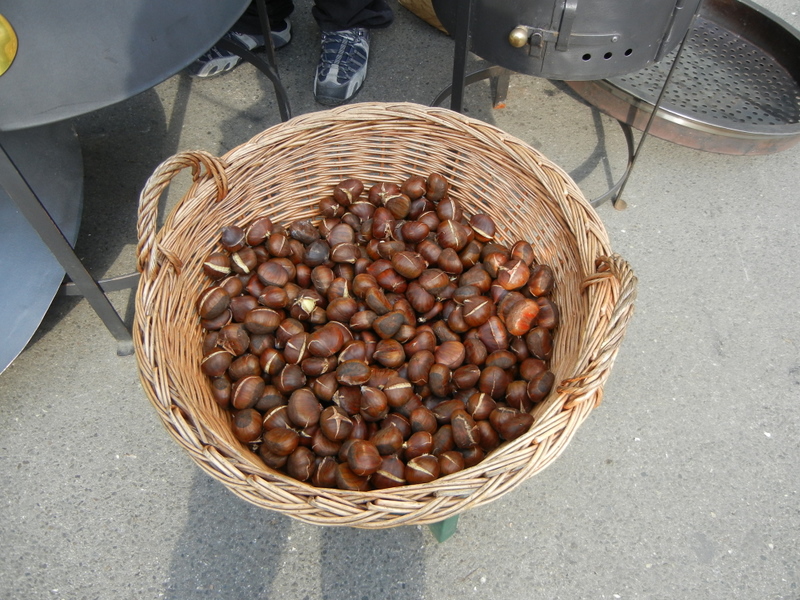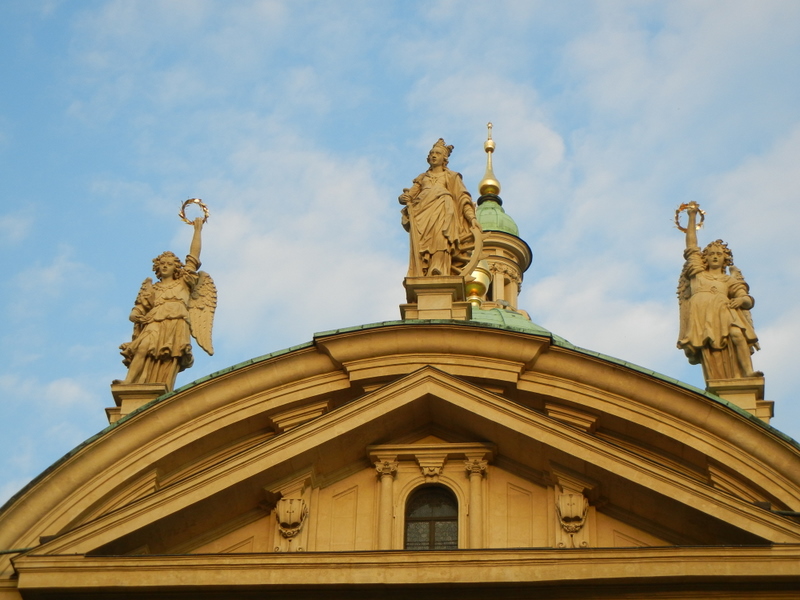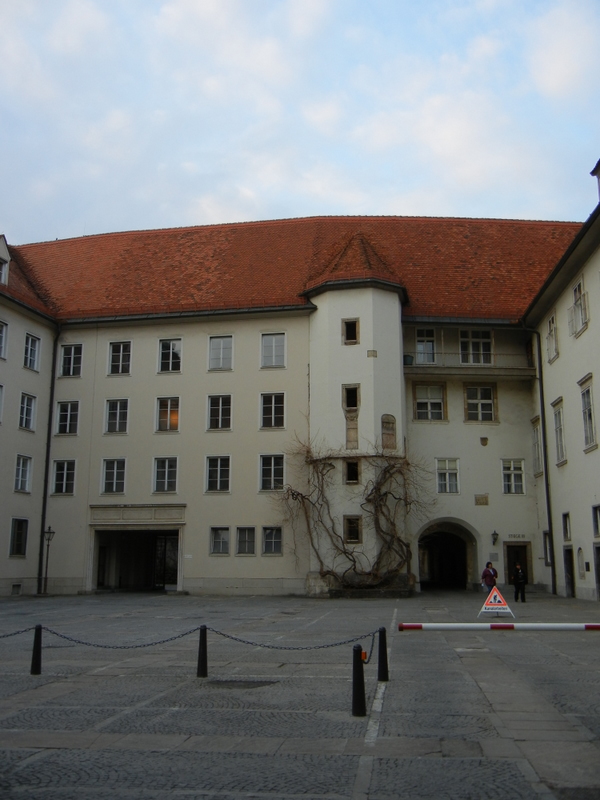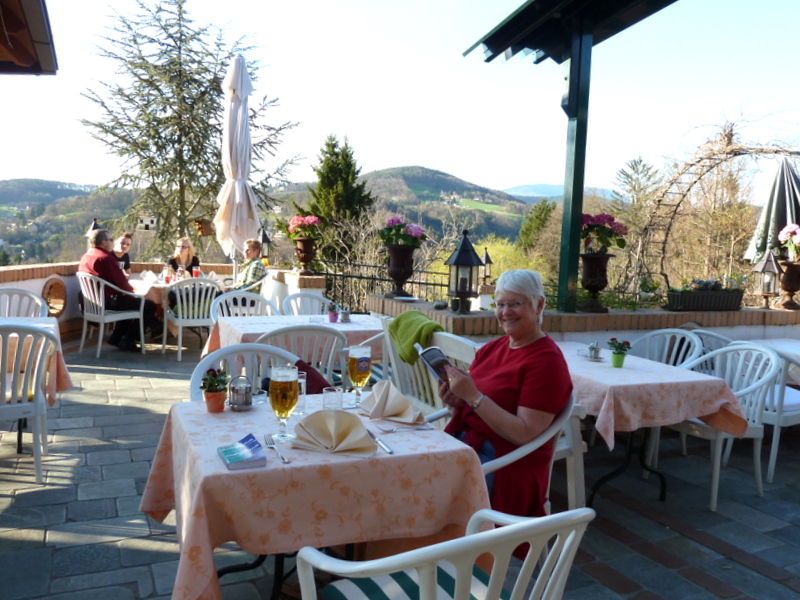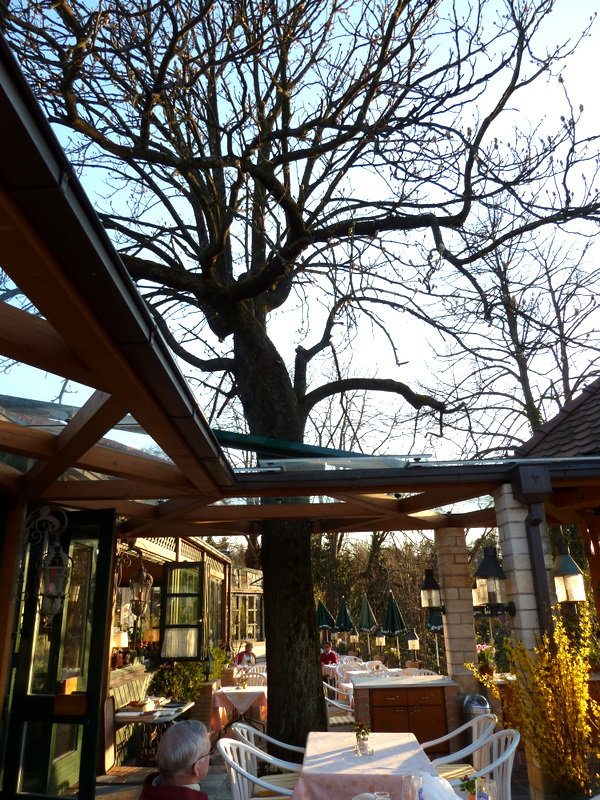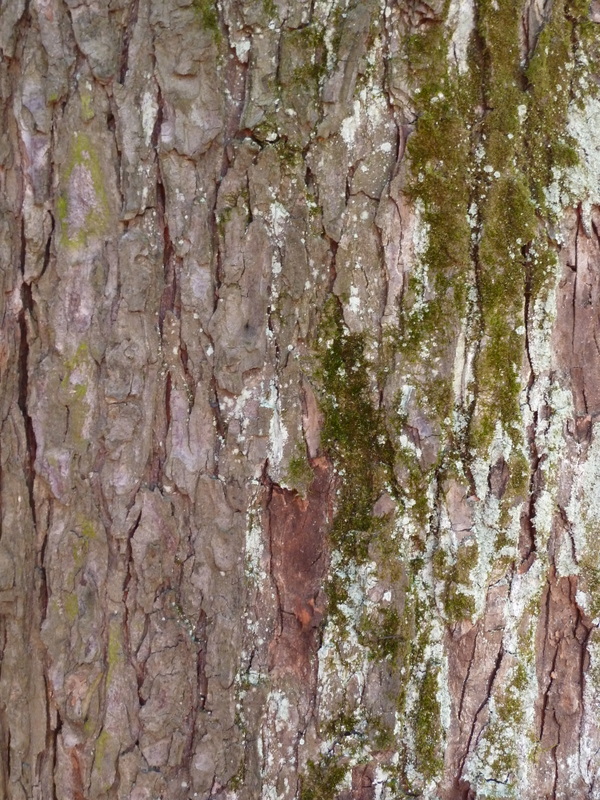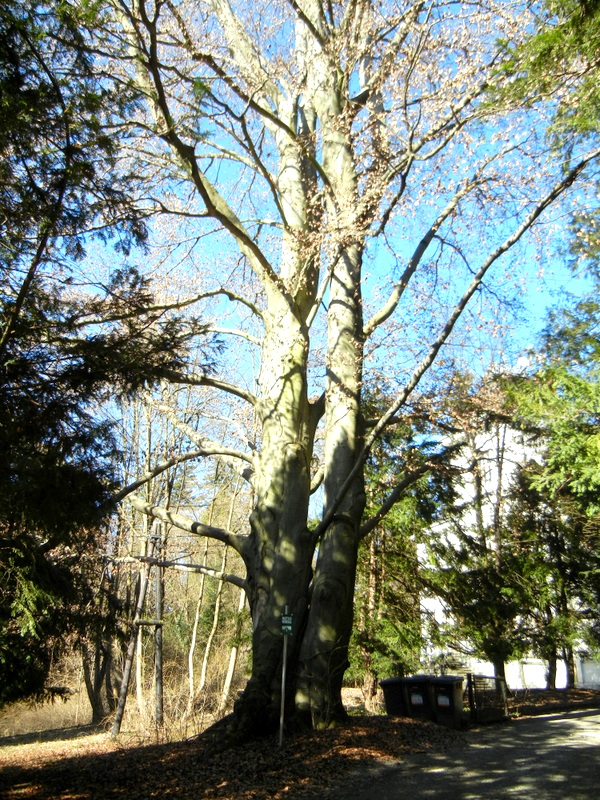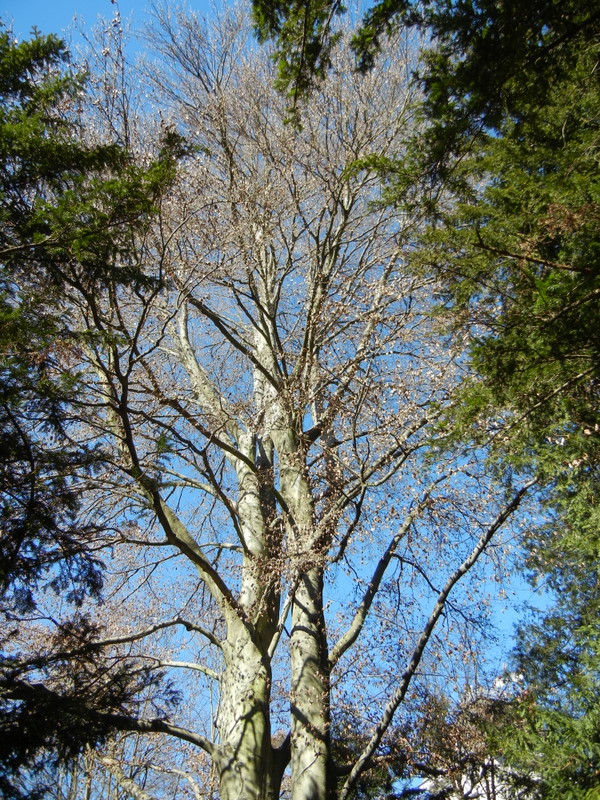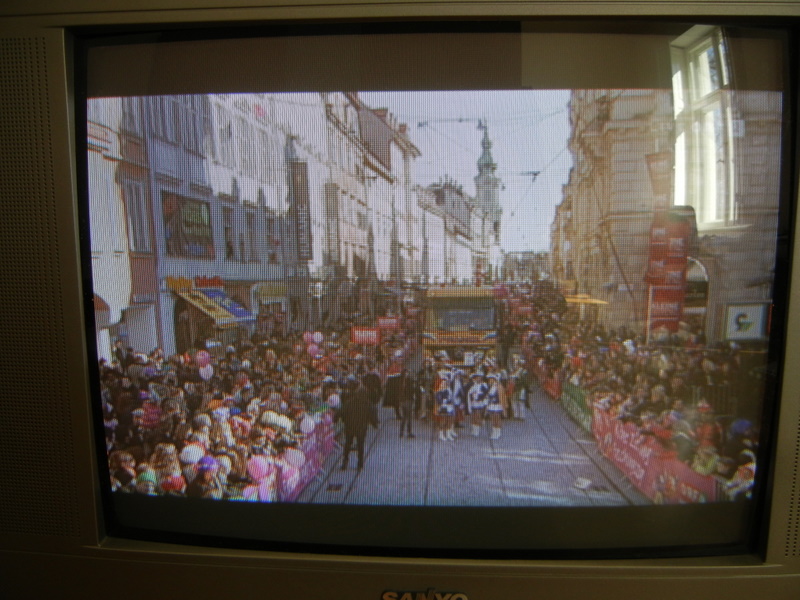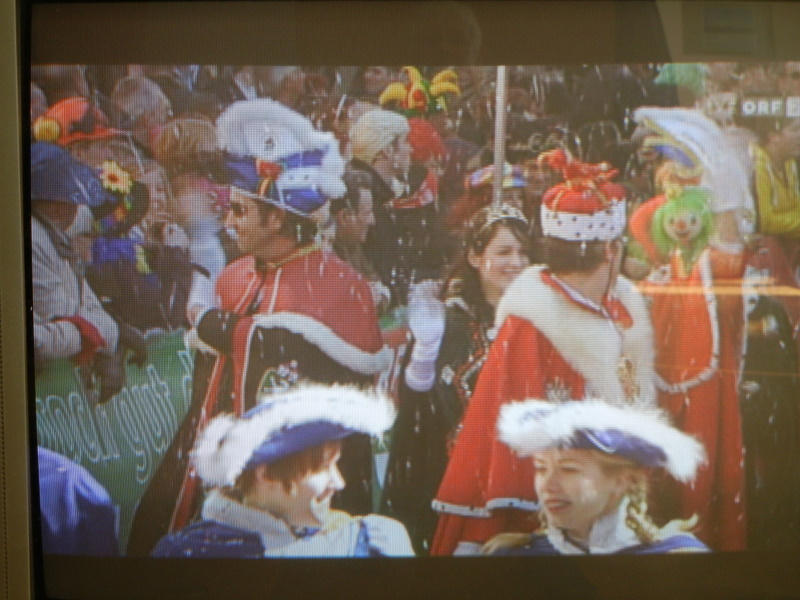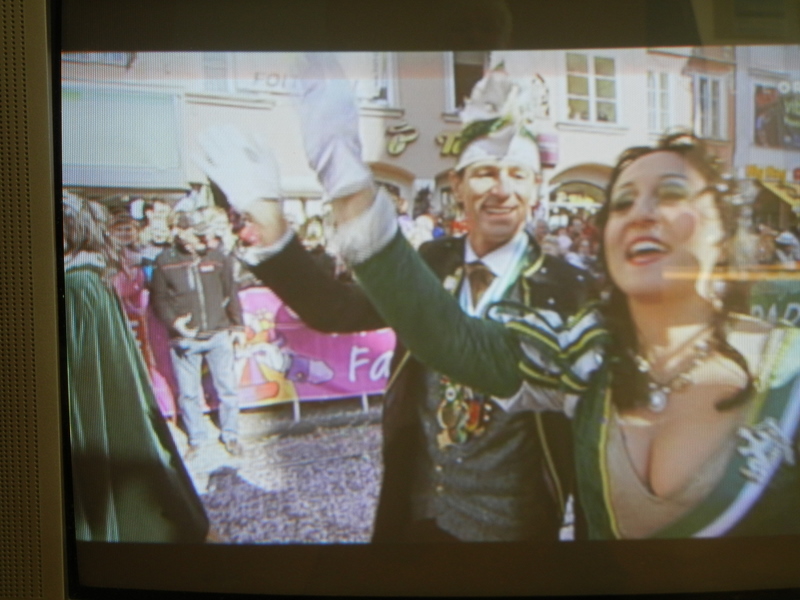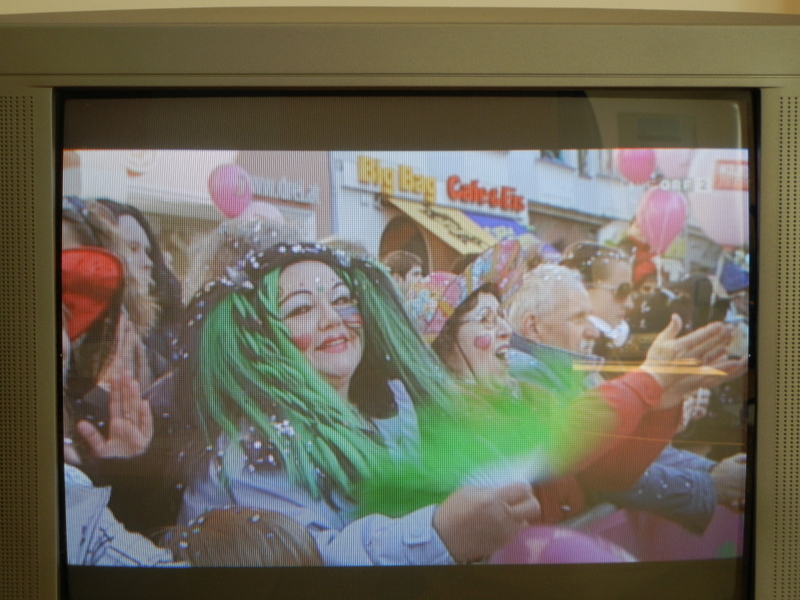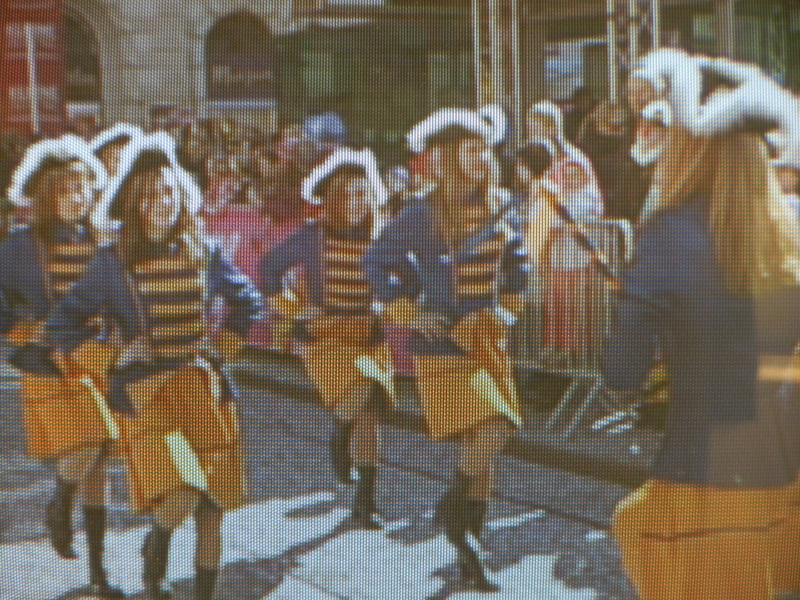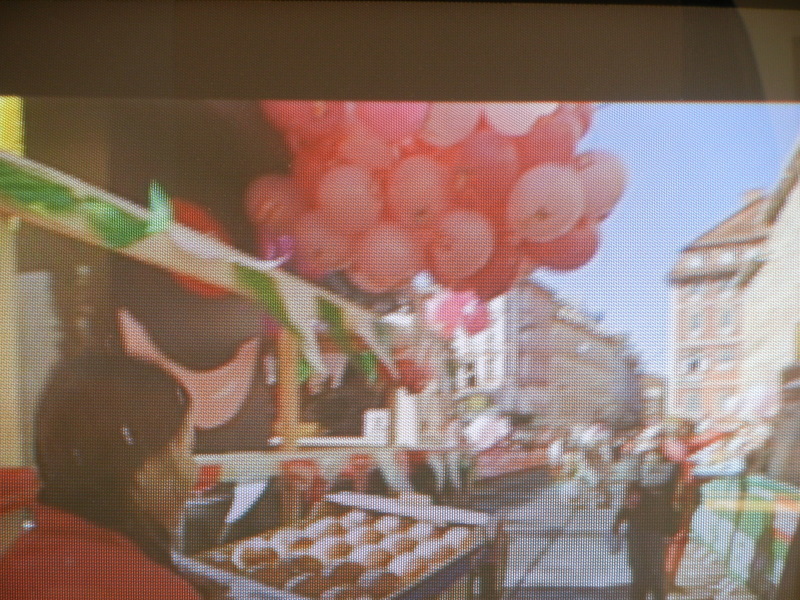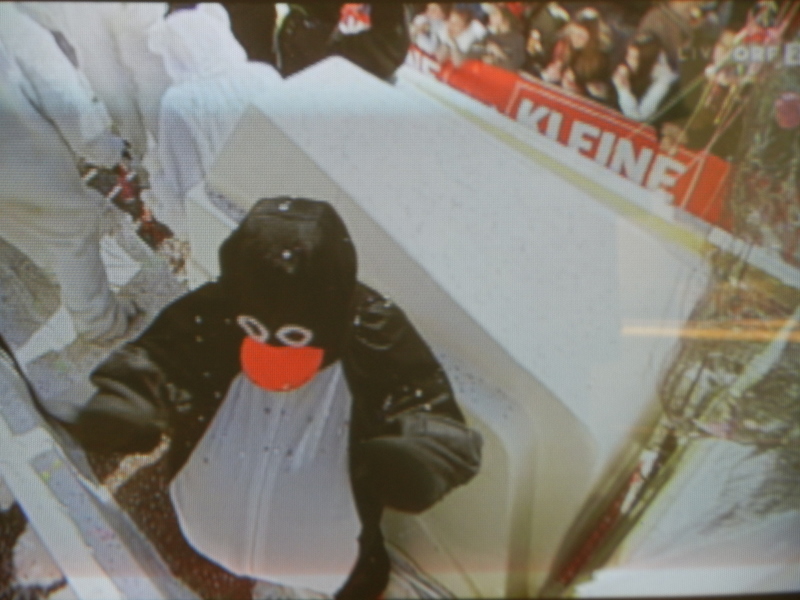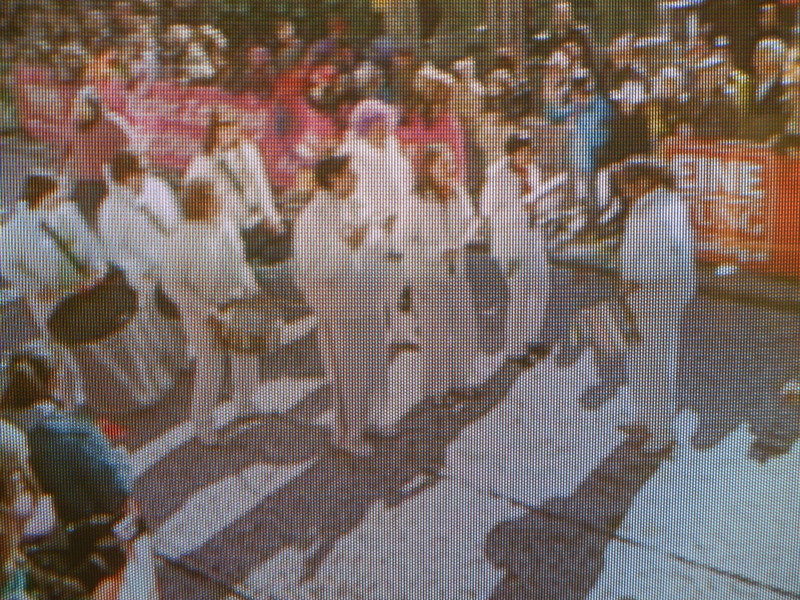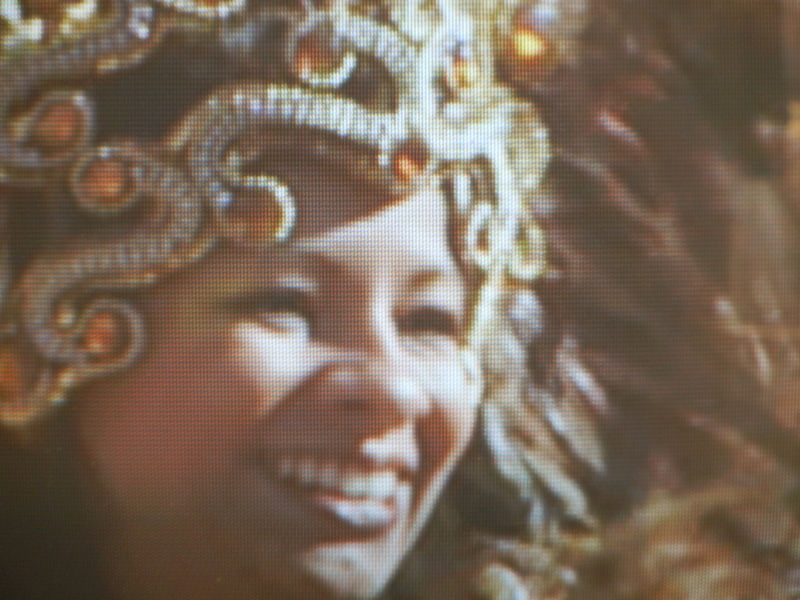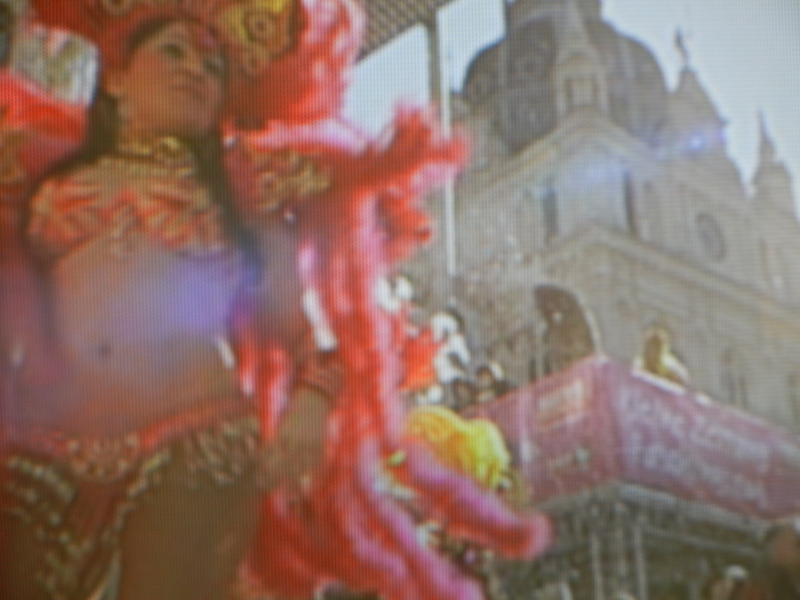We are at the height of summer now in Graz. It’s hot in the days (high 70’s to mid-80’s), and often humid. Colorful flowers adorn all the plazas and hang over the balconies of the buildings. Thunderstorms appear frequently in the late afternoon or evening, sometimes accompanied by hail! Still, most days are glorious with bright blue sky and sunshine.
We spent one day with ‘interesting skies’ (that is, looking like it might rain at any moment) walking around and seeing some of the sights of Graz we hadn’t really looked closely at yet.
Come along!
At the end of one of the downtown Graz passageways is the Landhaus. It’s termed the ‘Renaissance Jewel’, one of the prime examples of secular high renaissance in central Europe. Created by/for the Protestant nobility, the Landhaus has a central courtyard with well. The well is of cast bronze and dates from 1590. The little statue is modern, although he kind of looks like Krampus.
Walking away from the Landhaus, one soon comes to the River Mur. Several bridges cross the river and most are bicycle-friendly. We borrowed bikes in Graz but didn’t use them much, as it was difficult to get up and down our hill with the skinny tires and just as daunting to navigate the streetcar tracks!
In the middle of the Mur sits a curious feature – the Murinsel. It’s on a floating island (but anchored), and is a restaurant accessible from either side. It also features a performance area and playground for kids.
Here it is at night.
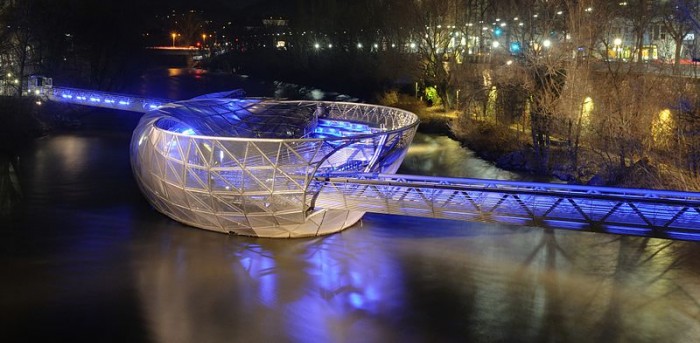
photo by: Taxiarchos228 from http://de.wikipedia.org/w/index.php?title=Datei:Graz_-_Murinsel1.jpg&filetimestamp=20110206172849
On the other side of the Mur is the Mariahilfekirche, a parish celebrating their 400th year of existence as a parish church, which places its origin at 1611! The baroque church is also the home to the Franciscan Kloster – with a beautiful and playful courtyard and inside, the crypts of the Eggenberg family. We often see brown-robed Franciscan brothers walking around the city. The original Franciscans actually arrived in Graz around the 13th century.
Not far from Mariahilfe is Graz’ modern art museum, the Kunsthaus. It was dedicated in 2003, as part of the activities when Graz was the European Capital of Culture. The Murinsel also dates from that time. Unfortunately, we will miss the opening of the Ai Weiwei exhibition in September 2011 !
Graz is a really walkable city. We’ve trekked all over the downtown area and through the university areas, plus our around where we live. We’re still finding out about other parts of town. Our friends, Gernot and Christina, walked us to dinner the other night – for about an hour and a half! We met them at Jakominiplatz (downtown), went through the city park, with its fabulous fountain, and sweet smelling trees, past the university stadium (where a sports fest was going on—it lasted until 4:30 am the next morning). We ended up, actually, more on our side of town, at a semi-rural gasthaus known for great beer and Styrian backhandl. Then we walked home. I hope all this walking will counteract the food and the beer! We don’t have much time left to enjoy it!
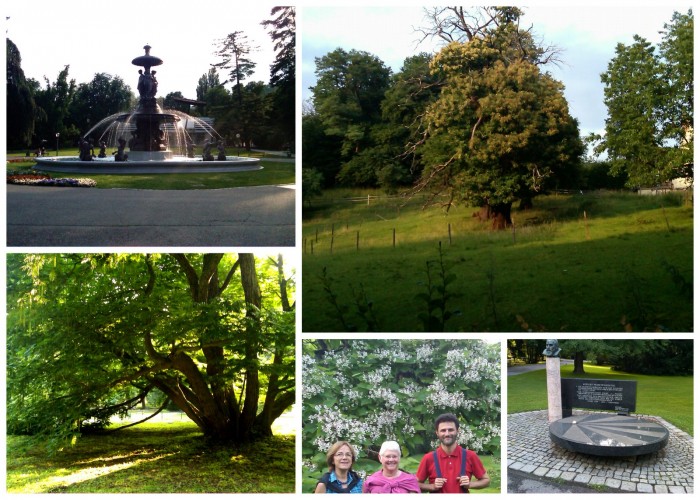
In Grazerstadtpark: fountain, trees, and monument to Kepler's planetengesetze (planetary laws); also a large tree on our trek to the restaurant (upper right)

